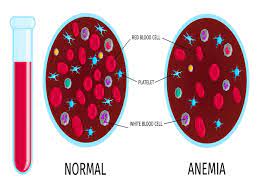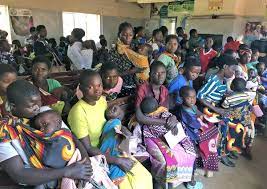As per WHO’s definition, anaemia is a condition in which the number of red blood cells or the haemoglobin concentration within red blood cells is lower than normal. As per the National Family Health Survey (NFHS)-5 data, 67.1% of under-five children, 59.1% of adolescent girls and 31.1% of adolescent boys are found to be anaemic.
Under Rashtriya Bal Swasthya Karyakram (RBSK) of National Health Mission (NHM), periodic haemoglobin estimations are carried out by the Mobile Health Teams (MHTs) placed in every block during their visits to Government and Government aided schools. Each MHT is provided with Digital Haemoglobinometer for screening of anaemia. Severe anaemia and Sickle Cell anaemia are the identified health conditions for child health screening and early intervention services under RBSK. Children found to be anaemic are provided nutritional counselling by RBSK teams and referred to nearby health facilities for further management.
Under the Anaemia Mukt Bharat (AMB) strategy, for prevention of anaemia in school children, weekly Iron and Folic acid tablets – IFA pink and IFA blue are provided to children 5-9 years and 10-19 years respectively along with bi-annual deworming, using the school platform.
Financial support is provided to the States and UTs, under National Health Mission, for effective implementation of interventions under AMB strategy based on proposals submitted through their respective annual Programme Implementation Plan (PIP). Sufficient funds are made available to the States/UTs for carrying out activities pertaining to addressing anaemia.
Also, in order to improve the nutritional status of school children, there is the provision of Mid-day school meal/ dry ration for the children of primary and upper primary classes of Government and Government aided schools.












